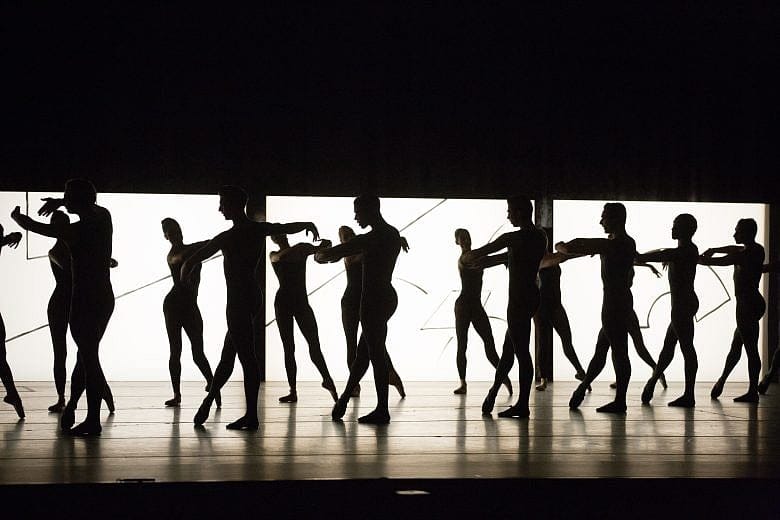Artifact 2017: Profound Ballet or Chaotic Spectacle?

Like it or not, William Forsythe's ballet Artifact 2017 elicits a reaction. The full-length contemporary ballet's unorthodox theatrical and vocal elements accomplish the artistic goal of inspiring questions and creating conversation—even if the question is whether or not Artifact 2017 can be considered "ballet."
For many, the answer is an emphatic "yes!" It's important to experience what ballet is in 2017—Forsythe first wrote this ballet in the '80s, and now after 30-something years of reworking the choreography, he can finally produce the ballet that he initially wanted, thanks to the expanded limits of a ballet dancer's capacity, he said in a preview of the show, "Focus on Forsythe."

